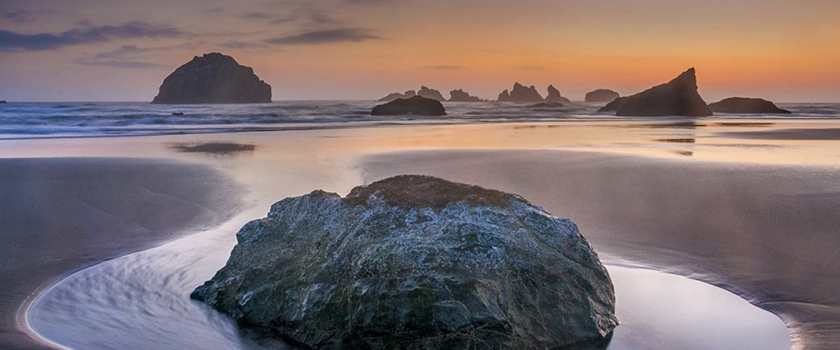For many photographers, they will tell you that cluttered backgrounds are a big problems. But foregrounds can be worse. Since background only distract from the subject in front of it, items ahead can hide the subject itself.
Just like background issue, angle and depth of field are your two best options for making up a bad foreground. When you use depth of field to avoid a bad foreground, there are two limits: how close you keep from your object and the size of the object.
If the foreground object is something like a wire, it is often possible to get the camera close enough that the wire can be thrown so far out of focus it becomes invisible. But if the problem thing is closer to the subject and far away from the photographer, like a leaf on a branch which just stretches between the camera and the bird, it is possible to remain a distracting blur no matter how small the depth of field becomes. Also the larger the object is, the more difficult it is to remove visually in the depth of field way.
There is another way to deal with bad foregrounds, to change the angle. If you can not safely remove the object or avoid it in the depth of field way to control, them the photographer must move. As with any image, following classic compositional rules will help you add impact to the image. Like the rule of thirds, horizontal vs vertical orientation and centering all work towards creating a very strong image. By alter the shooting angle, problem object can often be placed outside the intended frame. You can move left or right to change the angle, however remember that you can also stand on a table, rock or sth or stay lower by crouching down.
We recommend you another solution when dealing with problem foregrounds, it is the rule of thirds. The aim of this way is to place the object to a less important location in an image. Therefore it is important to avoid strong foreground objects placed at those points unless the photographer wants them to be a main focal point of the image.
When you are taking a photo for static object, use any of the above solutions to handle the problem. If you take a picture for an animal, just have some patience to wait till it moves to a new place. If you prefer to change the angle, keep the behavior visually less aggressive. Animals are usually careful of human being, especially someone taking a camera which looks like a black gun or some dangerous tools. Try to move slowly and stay low as possible as you can, and quiet as well.



